
This video is a classroom example
- Subject:
- English Language Arts
- Material Type:
- Lesson
- Provider:
- ULEAD Education
- Provider Set:
- LETRS Application of Concepts
- Date Added:
- 06/20/2024


This video is a classroom example
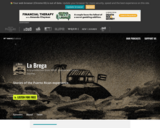
From a team of Puerto Rican journalists, musicians, and artists, "La Brega" is a 7-part podcast series that opens doors to the Puerto Rican experience.
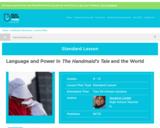
Students work in small groups to examine Margaret Atwood's use of and observations about language in The Handmaid's Tale. Through this activity, students discover and articulate overarching thematic trends in the book and then can extend their observations about official or political language to examples from their own world.

This lesson asks students to analyze the features of a poet's work then create their own poems based on the original model.

In this lesson, students use blogs to hold discussions about the effect of the factors of culture, history, and environment on Latino poetry.
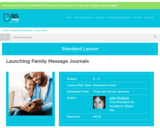
This lesson introduces Family Message Journals - a teacher-tested tool for encouraging family involvement and supporting writing to reflect and to learn.
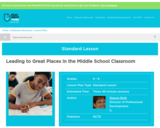
Students examine leads in existing texts and create alternative leads for them before revising leads in their own writing.

Meg set out to climb up and investigate the rain forest tree canopies — and to be the first scientist to do so. But she encountered challenge after challenge. Male teachers would not let her into their classrooms, the high canopy was difficult to get to, and worst of all, people were logging and clearing the forests. Meg never gave up or gave in. She studied, invented, and persevered, not only creating a future for herself as a scientist, but making sure that the rainforests had a future as well. The resource includes a lesson plan/book card, a design challenge, and copy of a design thinking journal that provide guidance on using the book to inspire students' curiosity for design thinking. Maker Challenge: Your community has many different areas to explore - it might be a park, a grocery store, a forest, or an alley. For some people, it might be difficult to explore these areas because they may have differing abilities. Select one area in your community, and come up with a plan to build a way for it to be more accessible to everyone.
A document is included in the resources folder that lists the complete standards-alignment for this book activity.
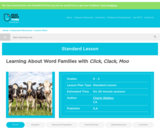
Using text from Doreen Cronin's Click, Clack, Moo: Cows That Type as shared readings, first-grade students learn word families and how to decode new words in a word family.
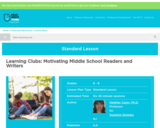
Students participate in learning clubs, select content area topics, and draw on texts - including websites, printed material, video, and music - to investigate their topics, and share their learning using similar media.
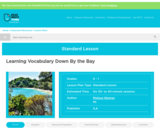
Students sing a popular children's song, follow along with a picture book that contains the lyrics and illustrations, and then participate in activities to reinforce learning of the vocabulary words.

Reading expert Linda Farrell works with Aiko on a common letter reversal — confusing the letters ‘b’ and ‘d’. Ms. Farrell coaches Aiko to look at the letters during b/d practice and to look at the words while she works with Aiko to read short vowel words accurately.
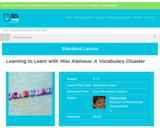
Modeled on the activities in "Miss Alaineus: A Vocabulary Disaster," a picture book, students combine vocabulary exploration with word play by planning their own vocabulary parade.
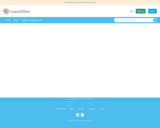
Students evaluate the advantages and disadvantages of different mediums and then compare and contrast the structure of the texts they have viewed/read to consider how the texts use different structures to convey similar ideas.

This lesson plan plan includes decoding, word recognition, and vocabulary instruction using the USVI History resources. The plan can be tweaked as needed for students in all grade levels. Please note that this lesson plan was part of a requirement for the "Comprehensive Literacy State Development - Cohort 4" course.

This lesson plan is an integration of technology and USVI History. The plan can be tweaked as needed for students in all grade levels. Please note that this lesson plan was part of a requirement for the "Comprehensive Literacy State Development - Cohort 4" course.

This lesson plan was developed by English Teacher Regina Keels in collaboration with local poet, historian, and writer Richard Schrader. In this lesson, students will learn about the 1848 Slave Rebellion that led to the emancipation of enslaved Afticans in the Danish West Indies and write and present their own expression of the events.
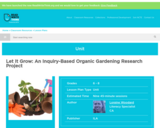
Students learn about organic gardening by developing their own research questions, conducting research, gardening at their school, creating signs about their plants, and presenting their research to the class.
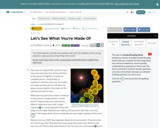
This 5th grade informational, scientific text from CommonLit explains how cells, the smallest unit of a living organism, make up every living thing in the world. To support student's understanding of the informational text, teachers have access to the annotation tool and they can access guiding questions, assessment questions and discussion prompts as well as other informational texts for comparison.
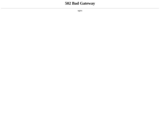
The Letter Generator is a useful tool for students to learn the parts of a business or friendly letter and then compose and print letters for both styles of correspondence.